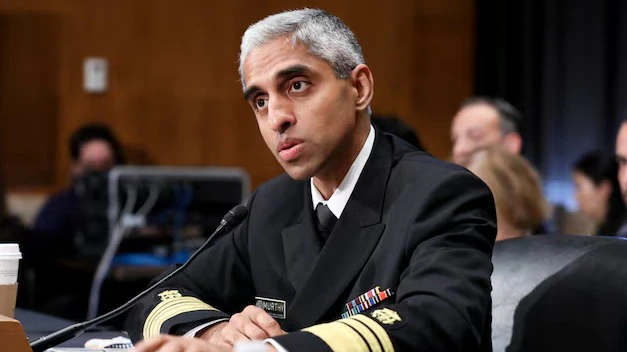Though the history of cigarette labelling says otherwise, this may seem like a smart idea. The previous attempt to alert customers serves as a reminder of how readily these well-meaning actions can wind up furthering the interests of the companies they were designed to control. In the 1950s, a number of studies, some carried out with support from the country’s Public Health Service, demonstrated a strong link between smoking and lung cancer, leading to a definitive consensus among scientists regarding the risks of tobacco.
However, the industry retaliated, casting doubt on the study and using medical professionals to vouch for the safety of their goods. The pivotal moment occurred in 1964 when a report by a special committee headed by President John F. Kennedy presented an unquestionable case linking smoking to lung cancer and a plethora of other diseases. The Federal Trade Commission’s regulators had a reason to take action after reading the report.The tobacco corporations would be committing “an unfair or deceptive act,” according to the agency that regulated false or misleading product claims, if they did not state in their packaging and advertising that smoking cigarettes is detrimental to one’s health and can result in death from cancer and other ailments.

Source: India Today
Attorneys representing the tobacco businesses cautioned that labeling will soon become mandatory for the industry. Indeed, shortly afterward, measures restricting the advertising of cigarettes were introduced in a number of state legislatures. Lawsuits were being filed at the same time by some smokers who claimed the firms were to fault for their cancer and other health problems. When faced with these obstacles, the tobacco industry changed its approach.Firstly, the tobacco firms might effectively prevent individual states from implementing warning labels if they could persuade Congress to lead the way in this area. In actuality, this restrained progressive states’ ability to compel businesses to disclose the harms associated with tobacco in greater detail.
The tobacco industry concurrently preempted government agencies’ regulatory jurisdiction, with Congress leading the way. The final version of the Act specifically prohibited the FTC from having any regulatory control over the manufacturers of cigarettes. Lastly, the brands avoided future legal action. The suggested labelling made sure smokers were informed. It was their own fault if they ended up with lung cancer.The tobacco business got everything it wanted with the passage of the Federal Cigarette Labelling and Advertising Act in 1965. It obstructed federal regulators while upholding the myth that there was no scientific consensus and that smoking “may be hazardous to your health.” Most significantly, it successfully prevented smokers from suing the businesses.
Source: PBS NewsHour
At the time, this was widely understood. The New York Times reported upon the bill’s passage that it had safeguarded “the tobacco industry’s economic health by relieving it of proper regulation.” In actuality, smoking rates had reached new all-time highs a year after they had momentarily decreased following the 1964 report. Even while graphic warning labels about vaping have become more common, they don’t seem to have had much of an impact, despite the fact that smoking has finally become less fashionable in recent years. Rather, the tobacco corporations’ ability to avoid accountability and scrutiny for many years has been the warnings’ long-lasting effect.
Lessons to be learned from this awful experience today. On the negative effects of smoking, scientists have finally come to an acceptable consensus; however, there is currently no comparable consensus regarding the impacts of social media. This implies that any warning label, akin to the one created by the tobacco industries almost sixty years ago, will be ad hoc, preliminary, and unclear. Once established, the label would probably make it more difficult to hold the digital corporations accountable through other channels, including as individual lawsuits, state and federal legislation, and federal regulation. To put it succinctly, this may be labelled on a package as follows: “Warning: enlisting Congress to put ambiguous declarations of danger on products will achieve nothing while simultaneously shielding the companies responsible.”
What do you think about this? Comment below.

